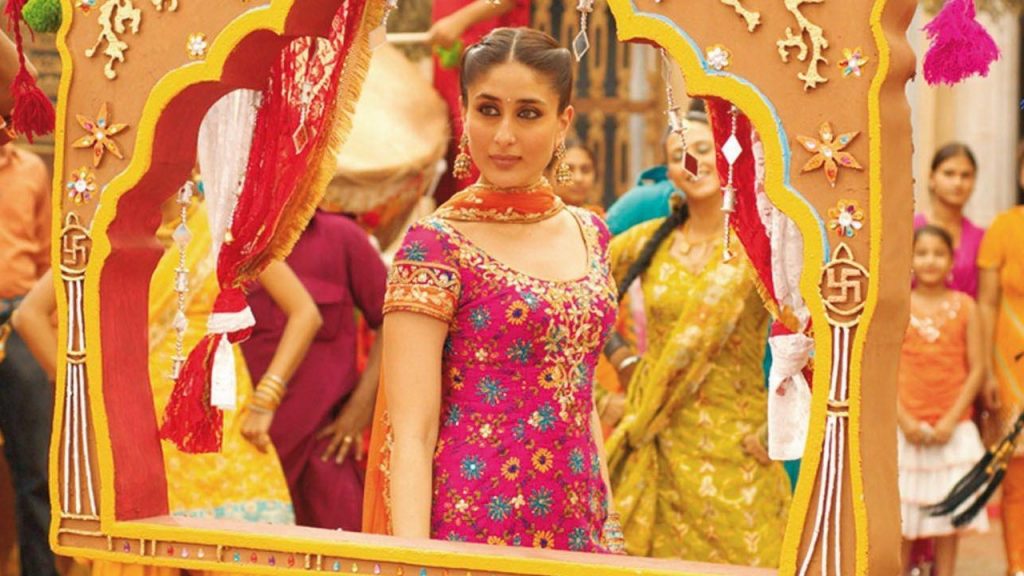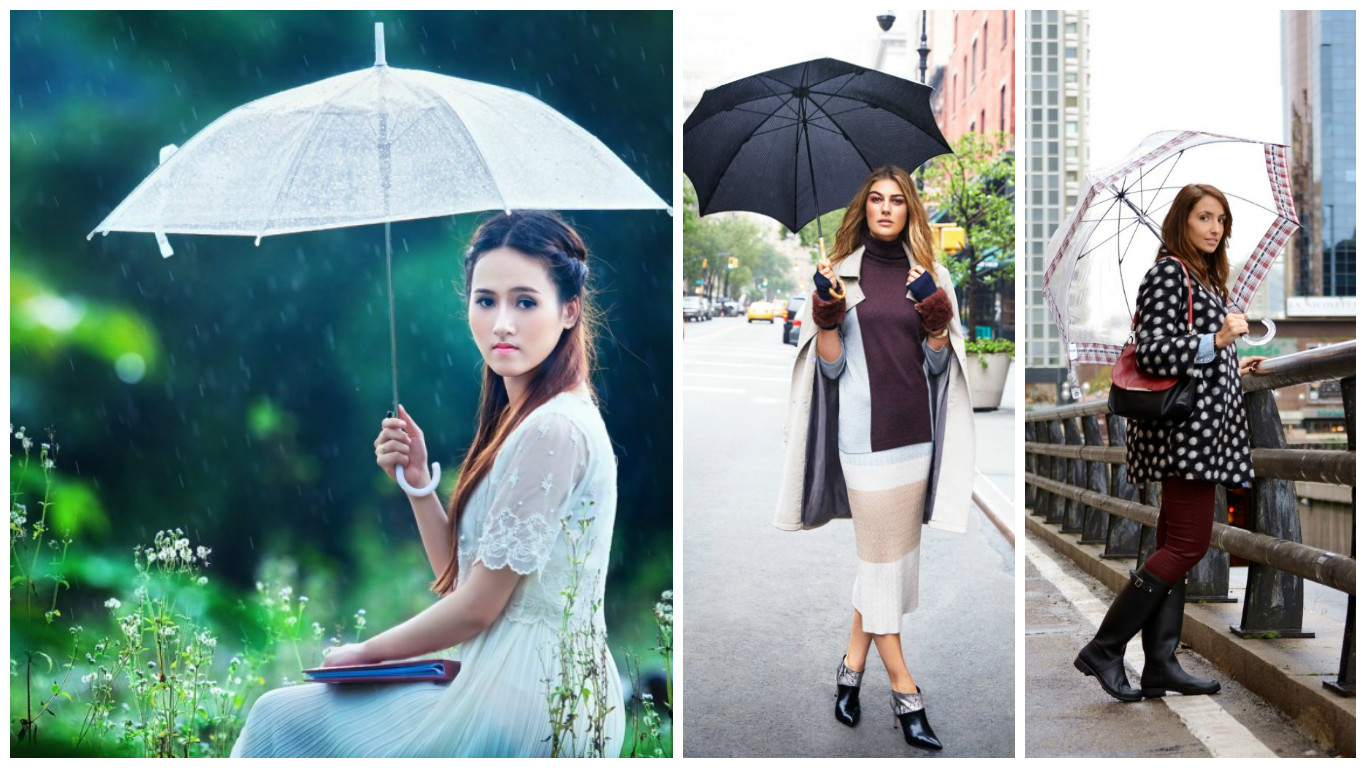5 Revolutionary Bollywood Fashion Styles
July 19, 2016 | Tinsel TrendsIndian Cinema has made a mark in creating trends inspired by its own demographic audience. In the midst of piquant drama, baffling action scenes, clichéd songs and dazzling glamour, Bollywood is an engaging visual documentation of the present times. Each era had an iconic role model who characterized the life and times of women in that era. Such was the power of these actresses that they spearheaded the fashion trends of their time.
Across all the glorious years of Bollywood, we bring you the list of five most influential characters that mark the evolution of Bollywood fashion.
Waheeda Rehman in Prem Pujari
Waheeda Rehman, the evergreen beauty, is appreciated for her style and acting skills till today. One of her celebrated roles was the one in the film Prem Pujari. The role portrays a village belle Suman Mehra who lives in a simple village but adapts bravely to the changing situations. She is shown as the winner of a beauty pageant representing the changing face of Indian women.
Her alluring costumes including Churidar Kurtas with collars became a huge trend as it showcased the blend of graceful traditional outfits with a touch of style elements. The georgette sari with a dazzling border from the song ‘Rangeela Re’ became the statement sari of the era. Sporting them with winged eyeliner and minimal make-up, the style represented women from the late 60’s.
Zeenat Aman in Hare Ram Hare Krishna
Bollywood introduced gypsy fashion in Hare Ram Hare Krishna. The bold and beautiful Zeenat Aman did great justice to the role. Her willowy figure enhanced the grace of the ensemble.
Bringing in the enticing trends of all over bold prints and showing us how to wear palazzo pants, sarongs and tops, Zeenat invigorated India’s fashion statement. Accessories bearing a bohemian feel like over-sized sunglasses, hoop earrings and headbands defined the 70’s look.
Sridevi in Chandni
Making style an everyday job, Sridevi revamped the ethnic look by combining it with the chic. Her character in Chandni portrays a modern lady working in a corporate firm. The fashion persona of a working women from the 80’s became a huge trend.
White churidar dresses, office wear sarees collection and sleeveless blouses were the major trends from the movie. The simple and elegant pearl necklace paired with chiffon and lace saris completed the ensemble.
Urmila in Rangeela
Revamping the glam quotient of Bollywood fashion diaries, Urmila’s character of an aspiring actress set a major revolution in the world of fashion. The bold and sassy styled dresses including the white skirt and blouse by Manish Malhotra, created a fashion craze in the late 90’s.
Making skirt tops, denim shirts and frocks a part of day-to-day fashion, this film played a pivotal role in representing the westernization of Indian fashion. The berets and sun hats enhanced the look.
Kareena in Jab We Met
Impersonating the character of a feisty girl from a north Indian town, Kareena as Geet in Jab We Met heralded the new trends in fashion. Merging the best of both worlds, the character showcased a blend of traditional and trendy clothing.
Pairing long t-shirts with a Patiala salwar and introducing harem pants with a touch of glam, Kareena did justice to the ‘style with ease’ quotient. Flaunting breezy cotton kurtis paired with denims, the film appealed to the fashion persona of each and every girl in and around the town.
Deepika in Piku
Strong, independent and responsible, the character of Deepika as Piku touched everyone’s heart. Besides, she displayed the modernization of the traditional ensemble in the most graceful way. The charming elegance of traditional textiles and dense kohl eyed make-up are the highlights of this ensemble.
Its unique style with a touch of ethnicity showed various options on how to wear palazzo pants. Accessorizing the ensemble with oxidized jewelry, it set a trend in latest corporate attire for ladies.
Picture courtesy - cloudpix.co, peppystory.com, indiatvnews.com, rediff.com, pikspost.com and fashionlady.com














